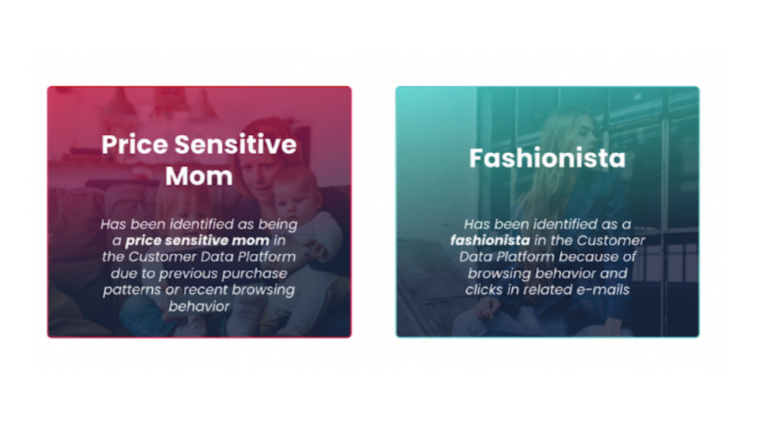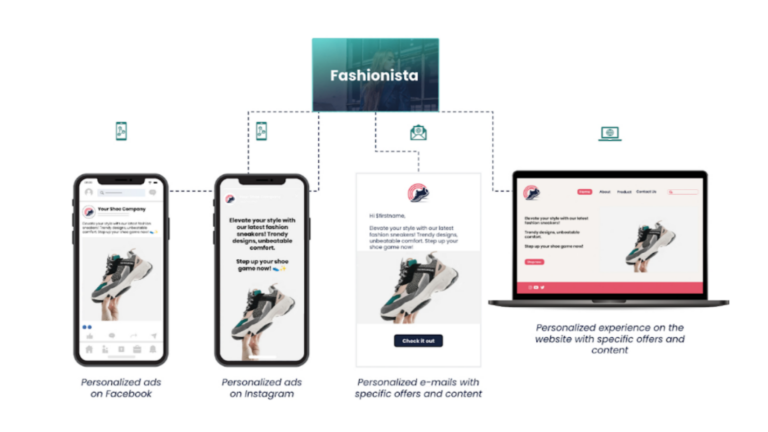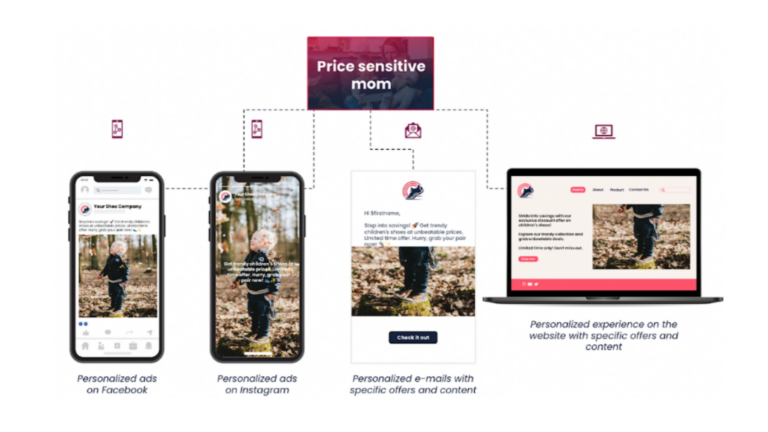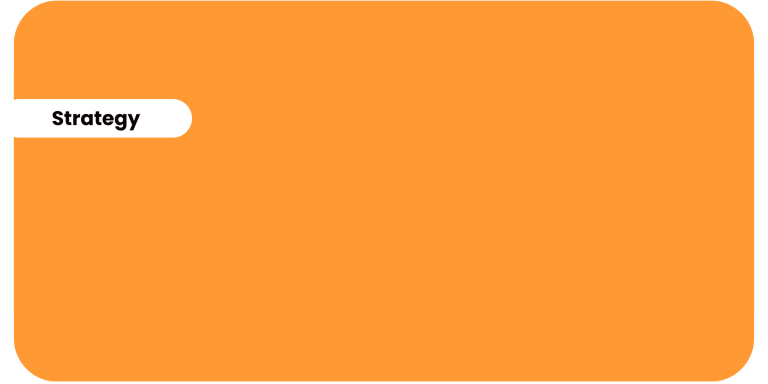Understanding CDPs: Key Takeaways from a Live Expert Chat
We recently had the pleasure of sitting down with Anders Spicker from Raptor to discuss customer data platforms (CDPs), with a particular focus on eCommerce businesses. We covered a lot of ground, exploring the basics of what a CDP is, when a company should consider implementing one, what kind of data is most valuable, and more.
The evolution of CDPs (Customers Data Platforms)
We started by discussing the significant changes in the customer data platform (CDP) landscape since our last conversation with Anders over two years ago. At that time, many expected cookies and third-party data to become obsolete soon. While that hasn’t happened yet, Anders noted that companies are increasingly valuing first-party data, and innovation in this area is progressing rapidly.
Implementing a CDP, when is the right timing?
Implementing a CDP involves a lot of work, so we asked Anders when a company should start considering one. He explained that you need a solid permission base, likely at least 10,000+ email addresses.
That being said, it’s not just about the numbers. You need a solid digital strategy from day one. This strategy should encompass acquiring the right consent and asking pertinent questions to ensure valuable data collection. Preparation is key.
Getting buy-in from your board and having a dedicated team, even if it’s just a couple of people, is crucial. These individuals should have the knack to prioritize tasks within IT and carry the right skill set to handle your data effectively.
Starting the journey towards being a digitally savvy merchant involves collecting a substantial amount of data. Gamification marketing and other innovative methods can be transformative in reaching the data mass needed for more complex data management.
As your data grows, so does complexity. Integrating various sources like ERP, CMS, and marketing automation can be challenging. That’s when a CDP can step in to provide a unified, accurate 360-view of your customers.
The data that matters the most
When it comes to collecting and activating customer data, Anders emphasized that behavioural data is king. Specifically, purchase history—what customers buy, when they buy, and how much they spend. In both ecommerce and B2B, behavioural data is a gold mine. Understanding what customers do, their purchase patterns—what, when, and from where they buy—has massive storytelling potential about their habits and preferences.
Anders provided an illustrative example: Imagine two paths a customer could take. One might buy a nonstick pan on impulse via a quick Google search, while another goes through an informed journey researching the best type available. Both scenarios yield diverse data points to leverage in your strategy.



Putting CDP data to work
Anders explains that the more information and insight you have, the more personalized and relevant your messages can be. He notes that personalized and relevant messages often achieve higher click rates, conversion rates, and average order values.
Anders points out that after analyzing hundreds of millions of emails, they found that personalized emails have much lower unsubscribe rates and significantly higher turnover per email compared to bulk emails.
He emphasizes the importance of asking customers what they like and what they might buy next. This information helps in leveraging customer relationships and building loyalty. Anders suggests that gamification could play a significant role in enhancing meaningful interactions and loyalty. He believes it’s important to provide feedback to customers to improve these strategies.
Key Takeaways
The CDP space continues to grow and innovate rapidly. These platforms help unify disparate data sources to fuel personalized experiences and optimize marketing performance. While they require some upfront investment, the long-term value of customer data makes them well worth considering.
We want to thank Anders for taking the time to chat and share his knowledge. Stay tuned for more webinars and insights in the coming months!
Ready to level up your engagement strategy?
Explore gamification marketing to create personalised experiences, foster engagement, and establish meaningful connections with your audience. With Scratcher as a partner you will have:
- 40+ Interactive Formats: Luck-based, knowledge-based, and skill-based, designed to meet marketing campaign objectives.
- Ready to Use Templates: Personalise your campaign to reflect your unique brand
- User-friendly Integration: Easily integrate interactive content with all of your favourite marketing tools
- Customer Support: We're here to assist you every step of the way





